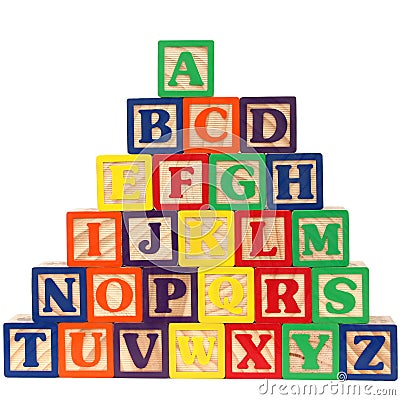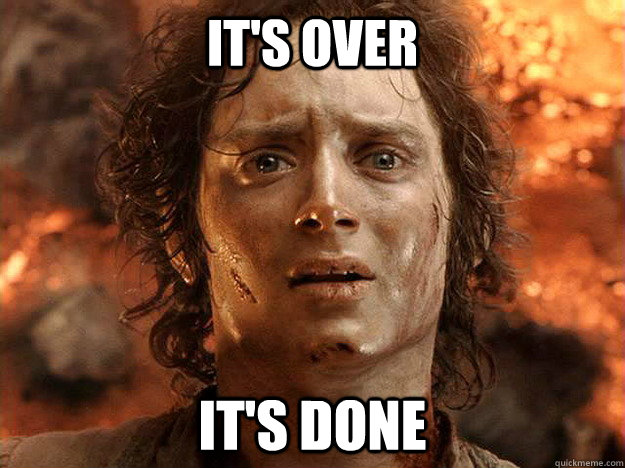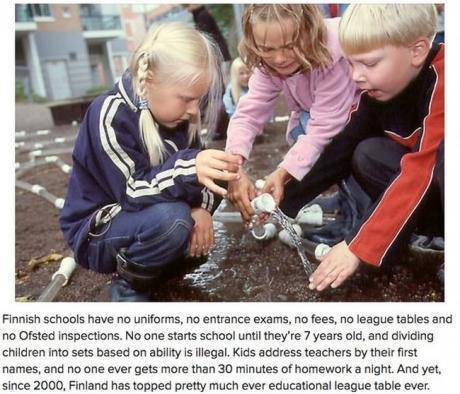I recently read the presentation titled 103 Creatively Simple Ways of Teaching Geography. Reading this presentation took forever but really opened up my eyes on the different ways you can teach geography. I never knew there could be 103 different ways! While reading it three ways stood out to me the most..
The first one is "Adopt a rock". Students are asked to identify the rock's name, where it may have come from and what processes have shaped it. This helps students with geography because the students are asked where the rock is from and how it was formed. Students are even allowed to take the rock home and take care of it. This also shows students responsibilities.
The second one is "Sing it". Students are asked to adapt lyrics to a song to fit the information given. This is a great way because songs are catchy and we tend to remember songs better than we are to retain information. I can still remember all the words to "Barbie Girl" but I can't remember what flip teaching is. With sing it, you can also use this for any subject/topic.
The third one is "A-Z". The students brainstorm words that start with the certain letter that has to do with geography. I think this is a great activity because it makes students think outside the box and work together.
Learning geography can sometimes be challenging. However, after reading the presentation I have now learned ways to teach it so that it is fun and engaging.

















